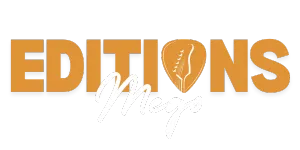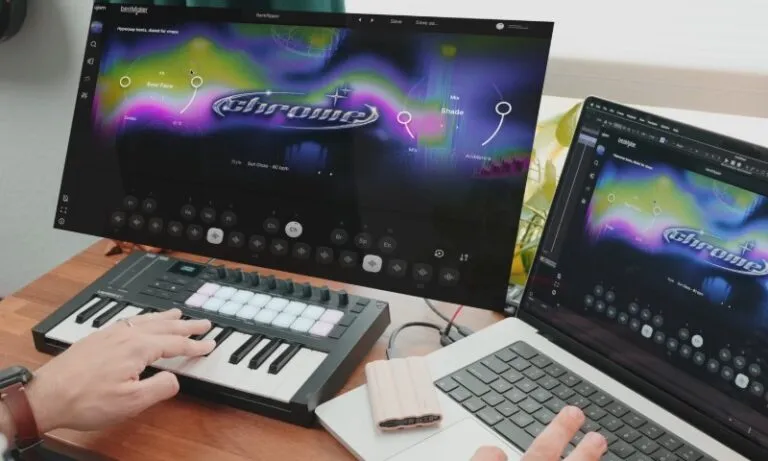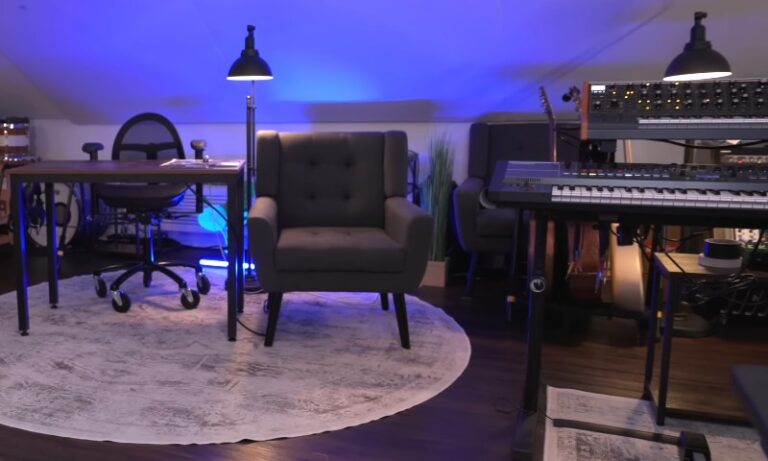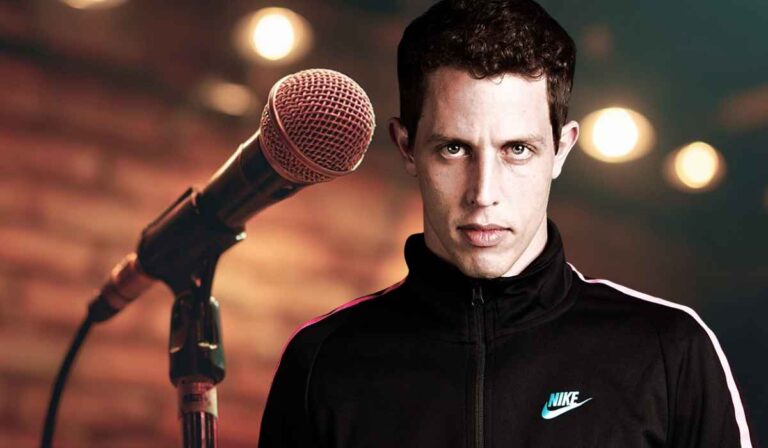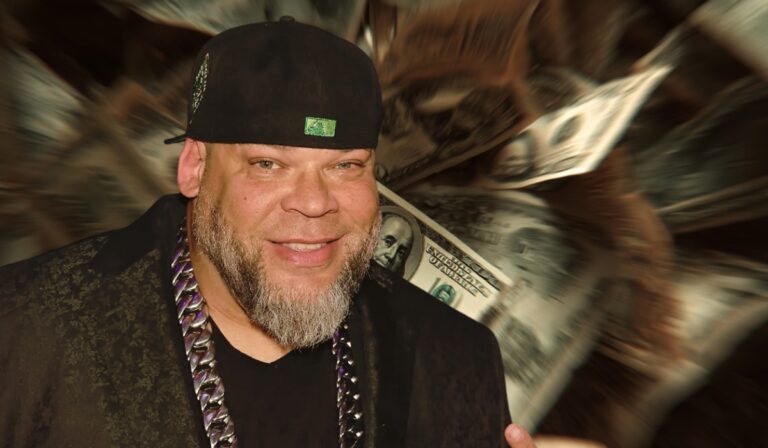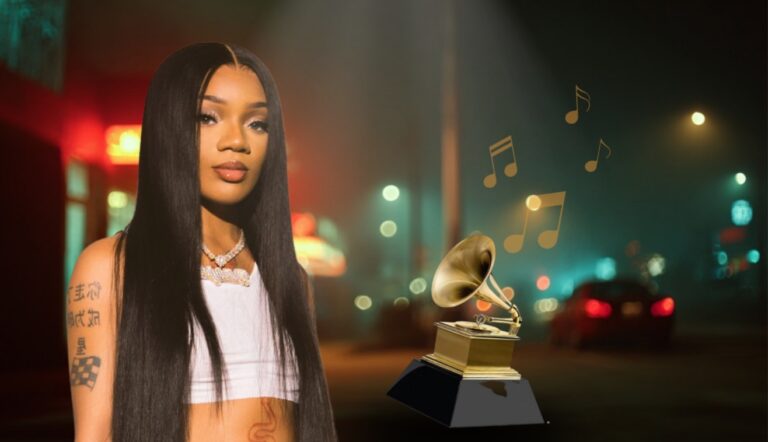Creating compelling YouTube content as a music instructor in 2025 isn’t just about showing technique; it’s about offering value, connecting emotionally, and staying relevant in a fast-evolving digital space.
With students turning to online platforms for inspiration and learning, instructors now have more power than ever to build authority, grow a community, and create income streams that go far beyond traditional lessons.
These video ideas are designed to help attract new viewers, nurture student relationships, and scale a content-driven teaching brand that actually delivers.
With all of this in mind, let us talk about YouTube content ideas that can be great for music instructors.
1. Surprising Ways Music Improves Mental Health

Music instructors influence more than technical skill, they impact emotional and mental growth. Connecting music to mental health positions educators as thoughtful mentors, not just skill builders.
Creating a short-form animated video focused on psychological benefits draws attention and delivers immediate value.
Fast visuals paired with science-backed insights make it easier for viewers to absorb the message and feel motivated to engage with music in a meaningful way.
Discuss key mental health benefits using clear, visual examples. Announce a bullet point list of the most impactful effects:
- Boosts dopamine production, enhancing motivation and pleasure
- Reduces cortisol levels, lowering stress and anxiety
- Improves memory and cognitive function, especially in children and older adults
- Encourages social connection through group lessons and ensemble practice
- Strengthens emotional regulation through consistent practice routines
Quick visuals showing the brain reacting to rhythm, melody, and harmony will hold viewer’s attention.
Use an encouraging tone to offer actionable techniques, such as:
- Playing scales slowly to calm the mind
- Using improvisation to release built-up emotion
- Journaling after practice to track mood and mental clarity
Instructors who tie music education to mental wellness build stronger student relationships and attract wider audiences.
2. From Beginner to Performer

Authenticity resonates with online audiences. Capturing a student’s 30-day transformation offers more than just entertainment; it reveals your teaching method, builds emotional investment, and highlights the results you help create.
Structure the video as a documentary-style vlog with a timeline that viewers can follow easily.
Introduce your student through a short narrative. Maybe it’s someone timid, unsure with rhythm, or struggling to project confidence.
Then, walk the viewer through their evolving experience. To maintain engagement, incorporate a blend of visuals and voice-overs that guide the story.
Announce key milestones in the video using the following structure:
- Day 1: First lesson and introduction – highlight raw skill level and initial challenges.
- Week 1: Practice foundation – show basic warmups, corrections, and progress moments.
- Week 2: Small breakthroughs – confidence shifts, cleaner technique, and better consistency.
- Week 3: Preparation and feedback – include coaching clips and rehearsal bloopers.
- Week 4: Final performance – record the full performance with split-screen before/after contrast.
Provide commentary on your role throughout the process. Mention how you adjusted your strategy, what helped motivate the student, and how their mindset evolved. Use captions to reinforce subtle teaching takeaways.
Don’t cut out mistakes. Those imperfect moments are what make it relatable. Audiences form deeper connections when they witness the full process, not just polished results.
After monetizing, it becomes significantly easier to get more lucrative sponsors, like an iGaming affiliate program. Series like this drive long watch time and strong viewer loyalty, metrics that sponsors look for when selecting who to invest in.
3. The Most Common Mistakes Music Students Make
Mistakes at any stage of music learning are normal, but many students repeat them longer than necessary.
Turning these recurring issues into an educational video creates immediate value and establishes authority as an instructor.
Introduce the most frequent technical problems through side-by-side demonstrations. These should include:
- Poor hand or finger positioning
- Inconsistent posture at the instrument
- Skipping structured warmups
- Practicing without a clear goal
Walk viewers through what each mistake looks like and explain how to correct it with simple, repeatable adjustments. Add short clips of correct execution to visually reinforce each solution.
Mental blocks are just as important to address. Include points such as:
- Comparing progress to others
- Avoiding uncomfortable exercises
- Ignoring ear training and rhythm drills
Use a conversational tone with occasional humor. Self-deprecating moments help students feel seen, not judged. Practice hacks like “5-minute fix-it drills” or “timer-based challenges” will keep viewers engaged and motivated.
4. How to Create a Hit Song from Scratch – For Beginners

Many beginners believe songwriting requires innate talent. Break that myth by offering a clear, structured process. Deliver the video as a multi-part tutorial and announce this in your intro to build binge value.
Start by introducing concept development, and show how ideas become lyrics. Suggest methods like:
- Mind-mapping emotional themes
- Freewriting to unlock lyric starters
- Listening to favorite tracks for structure inspiration
Move on to musical structure. Focus on beginner-friendly chord patterns like I–V–vi–IV or ii–V–I progressions. Introduce melody-building through stepwise motion and hook repetition.
In later episodes, provide tips on:
- Using basic recording software
- Laying down demo vocals
- Layering tracks with minimal gear
Document your process. Show messy drafts, mistakes, and “aha” moments. Include a feedback session with a student or musician friend to show how collaborative energy adds momentum.
Offer downloadables: lyric worksheet templates, chord maps, and a mixing checklist.
5. Live Q&A: Ask a Music Instructor Anything

Live content makes creators more human and more trustworthy. Hosting a Q&A encourages participation and brings subscribers closer to your brand.
Promote the event ahead of time and set expectations with a scheduled announcement.
Gather questions in advance through:
- Instagram polls
- YouTube community posts
- Email list submissions
Have a few starter topics ready to keep the energy flowing.
Good examples include your top beginner tips, how to choose an instrument, or ways to break through a practice plateau.
During the session, interact directly:
- Greet participants by name
- Highlight insightful questions
- Be honest if you don’t know an answer, transparency matters
After the livestream, edit highlights into digestible sections with timestamps. Pin relevant links in the comments to extend the conversation.
Respond to remaining questions in follow-up videos or comments for extra reach.
Live sessions show community strength and engagement, two metrics sponsors actively seek.
6. A Day in the Life of a Music Instructor
Audiences want to see behind the curtain.
A “day in the life” vlog builds connection and shows how instructors balance creativity, discipline, and personal quirks.
Begin with your pre-lesson routine. Share how you warm up, organize your schedule, or prep materials.
Visuals help a lot here, so highlight things like:
- Instrument setup and maintenance
- Software or sheet music selection
- Personal rituals (like making a favorite drink or lighting incense)
As the day unfolds, showcase:
- Clips of actual lessons (with permission)
- How you adapt methods to different student needs
- Administrative work like scheduling, email replies, or video editing
Don’t hide imperfections. Show technical glitches, tired moments, or unexpected breakthroughs—they make you relatable.
Insert on-screen tips throughout. For example:
- “Always keep spare strings handy”
- “Group similar lesson types for better focus”
- “Use screen recording tools for digital students”
The Bottom Line
Consistency and creativity will shape success in today’s content-heavy platforms.
Music instructors who invest in ideas that educate, entertain, and emotionally connect are more likely to build a loyal audience and turn subscribers into paying clients.
Strategic content planning opens doors to real influence and long-term growth.
Related Posts:
- How to Create a Unique Music Video - Fresh Ideas for…
- The Biggest Music Tours to Watch in 2025 - What You…
- Monetizing Music in 2025: Revenue Streams You’re…
- What Platform Is Best To Promote Music As A New…
- From Work to Play - The Role of Music in Every…
- 15 Times Music Celebrities Were Caught at the Casino
